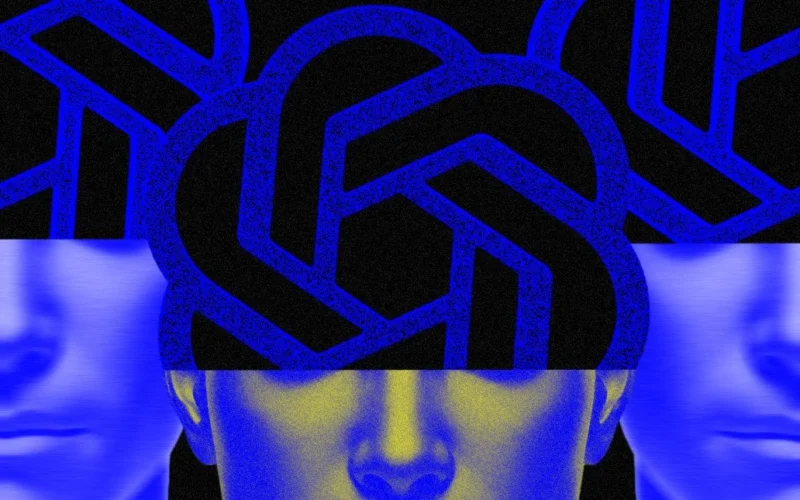OpenAI is intensifying its focus on robotics, particularly on humanoid systems, in its pursuit of artificial general intelligence (AGI). The company is strategically recruiting researchers who specialize in creating algorithms for controlling various robotic forms. Recent job openings indicate that OpenAI is assembling a team specifically geared toward developing AI capable of being trained through teleoperation and simulation processes.
Insider sources indicate that OpenAI’s recruitment drive is geared towards enhancing its capabilities with humanoid robots—robots designed to partially or fully mimic human forms. This includes training AI algorithms that can understand and navigate the physical environment, thereby enabling robots to perform a variety of tasks effectively.
Recent hires further reflect this strategic pivot. For example, Chengshu Li, who joined OpenAI in June 2025, previously worked at Stanford University on projects aimed at measuring the abilities of humanoid robots through performance benchmarks. Additionally, other researchers from established robotics labs have also recently joined OpenAI.
While OpenAI has not publicly disclosed comprehensive plans regarding its robotic initiatives, various job postings suggest significant developments in teleoperation and simulation. These roles emphasize the importance of practical training in enabling robots to learn from human operators through hands-on tasks.
It remains uncertain whether OpenAI will fabricate its own robots, utilize existing hardware, or collaborate with external robotics companies. However, positions for mechanical engineers indicate a potential focus on creating innovative robotic systems equipped with sensors for enhanced interaction with their environment. This suggests that OpenAI might indeed be building its robotic prototypes or developing advanced teleoperation systems for training.
This renewed emphasis on robotics implies that OpenAI recognizes the importance of physical interactions in the progress towards AGI. Historically, the company has conducted groundbreaking work in robotics, even solving a Rubik’s Cube with a robot hand back in 2019. Despite discontinuing its robotics research in 2021 to focus on language models like ChatGPT, it began reinvesting in robotics last year, contemplating the development of its own humanoid robots.
Experts in the field, such as Stefanie Tellex, suggest that advancing robotics will require AI models capable of perceiving and acting in real-time with a high degree of sophistication. Existing humanoid robots, while capable of remarkable tasks, still face limitations in navigating complex environments autonomously. To overcome these challenges, new algorithms that transcend the capabilities of current large language models are essential.
As the humanoid space evolves, competition intensifies with several startups and established corporations like Tesla and Google leading efforts in humanoid robotics. The sector is attracting considerable investment, with over $5 billion funneled into humanoid startups since early 2024, and projected market values reaching $5 trillion by 2050.
Ultimately, the path to achieving genuine AGI may intertwine closely with developments in robotics, necessitating innovative approaches to AI that intertwine both computational and physical interaction capabilities. This shift represents a crucial step as OpenAI moves forward in its quest for creating versatile, intelligent robotic systems.











